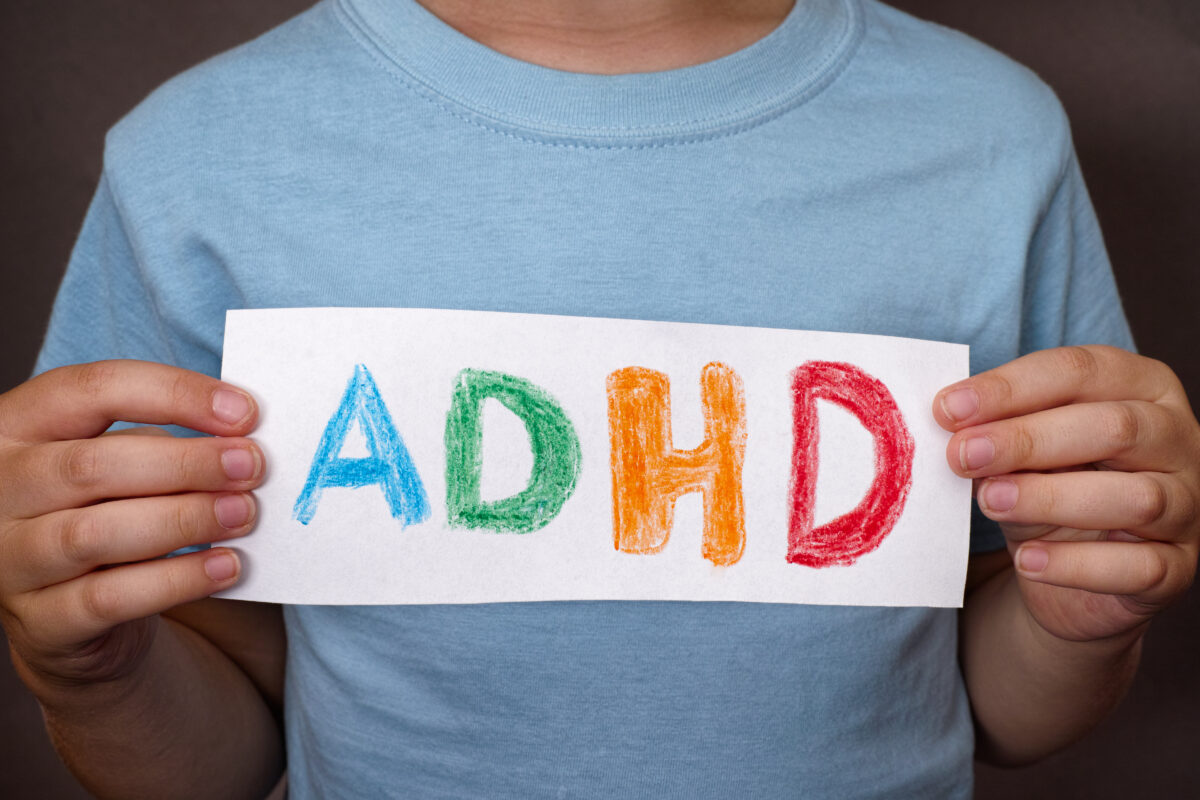
5 Sensory Processing Strategies for ADHD: The Sensory Secrets to Unlock Your Child’s Potential:
Have you ever considered using sensory processing strategies for ADHD? Yes, for many children with ADHD, sensory processing strategies can be very beneficial in help calming their busy bodies. Let’s dive in and learn about some beneficial sensory processing strategies for ADHD.
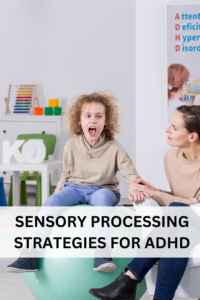
Imagine a world where your child’s potential knows no bounds, where their behavior is calm and collected, and their overall well-being is thriving. It may seem like an impossible dream, especially for parents of children with ADHD.
But what if I told you there are sensory processing strategies for ADHD rooted in evidence and proven to make a profound difference in your child’s life?
Hi! My name is Marra and I’m a mama and a pediatric occupational therapist who has years of experience working with children with sensory processing difficulties and ADHD and helping their parents navigate the ups and downs of child development.
In this article, we will delve into the power of sensory processing strategies for ADHD that can transform your child’s journey from struggle to success.
From creating a sensory-friendly environment to incorporating movement and exercise, we will explore 5 sensory processing strategies for ADHD that will help your child not only cope but thrive.
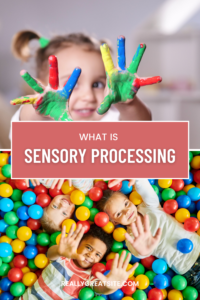
SENSORY PROCESSING STRATEGIES FOR ADHD: Creating a Sensory-Friendly Environment
Creating a sensory-friendly environment is a crucial step in helping children with ADHD thrive. By understanding and implementing the principles of sensory integration, we can create an environment that supports their unique sensory needs.
First and foremost, it’s important to consider the physical space. Minimize visual distractions by keeping the area organized and clutter-free.
Create designated areas for specific activities, such as a quiet corner for reading or a designated space for art projects. Having clear boundaries can help children with ADHD stay focused and feel more secure in their environment.
Lighting also plays a significant role in creating a sensory-friendly environment. Natural light is ideal, as it can enhance mood and concentration.
If natural light is limited, consider using soft and adjustable lighting options. Harsh fluorescent lights can be overwhelming for children with ADHD, so opting for softer and warmer lighting can create a calming atmosphere.
Another aspect to consider is the auditory environment. Children with ADHD can be highly sensitive to noise, so reducing background noise is essential.
Use sound-absorbing materials like carpets, curtains, or acoustic panels to minimize echoes and external noises. White noise machines or calming music can also help create a soothing atmosphere and mask distracting sounds.
Incorporating sensory elements into the environment are also beneficial sensory processing strategies for ADHD. Provide a variety of sensory tools such as fidget toys, stress balls, or chewable jewelry to help children regulate their sensory input.
Consider using different textures in the environment, such as soft pillows or textured rugs, to provide tactile stimulation. Creating a sensory-rich environment can help children with ADHD feel more engaged and focused.
Lastly, be mindful of the overall atmosphere and energy of the environment. Establishing a calm and positive vibe can greatly impact a child’s well-being.
By creating a sensory-friendly environment, we can provide children with ADHD the support they need to thrive. A thoughtful and intentional space that addresses their sensory needs can help them feel more in control, focused, and at ease.
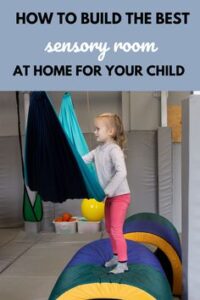
SENSORY PROCESSING STRATEGIES FOR ADHD: Implementing Sensory Diets
Sensory diets can be powerful sensory processing strategies for ADHD. A sensory diet is a planned schedule of activities that provide sensory input to meet a child’s specific needs.
It involves incorporating activities and experiences throughout the day that target different sensory systems, such as touch, movement, and deep pressure, to help regulate and organize their sensory input.
When creating a sensory diet for a child with ADHD, it is important to consider their individual sensory preferences and sensitivities. Some children may be hypersensitive to certain stimuli, while others may seek out certain sensations.
By understanding their unique sensory profile, we can tailor the sensory diet to meet their specific needs.
A sensory diet can include a variety of activities and strategies that support sensory regulation. For example, incorporating fidget toys or stress balls can provide tactile input and help children with ADHD stay focused and calm.
Weighted blankets or vests can provide deep pressure input, which can have a calming and grounding effect.
In addition to these tools, incorporating movement breaks throughout the day can also be beneficial. Simple activities like jumping on a mini trampoline, swinging, or engaging in yoga poses can provide proprioceptive and vestibular input, helping children regulate their bodies and improve attention and focus.
It’s important to note that implementing a sensory diet should be done in collaboration with an occupational therapist who specializes in sensory integration. They can help assess a child’s sensory needs and provide guidance on specific activities and strategies that will be most effective for them.
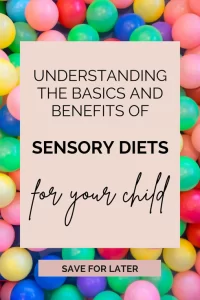
SENSORY PROCESSING STRATEGIES FOR ADHD USING SENSORY TOOLS AND TOYS
In addition to incorporating sensory activities and strategies into a child’s daily routine, sensory tools and toys can play a valuable role as sensory processing strategies for ADHD.
These tools and toys can provide additional opportunities for sensory stimulation and regulation, as well as promote optimal learning and development.
Sensory tools come in a variety of forms and serve different purposes. For children with ADHD, fidget toys can be particularly helpful in channeling their excess energy and improving focus.
Fidget spinners, stress balls, or textured squeeze toys can provide an outlet for restlessness and improve concentration during quiet activities such as reading or listening in class.
Weighted blankets and weighted stuffed animals can also be effective in providing deep pressure input and promoting a sense of calmness and security. These tools can be used during times when a child needs to relax or unwind, such as during quiet time or before bed.
Sensory toys, such as sensory bins or tactile play materials, can engage children’s senses and provide a hands-on learning experience.
These toys can include items like sand or rice bins with hidden objects to search for, playdough or clay for molding and shaping, or sensory balls with different textures and colors for exploration.
Engaging in sensory play not only helps children with ADHD focus their attention but also enhances their fine motor skills, creativity, and problem-solving abilities.
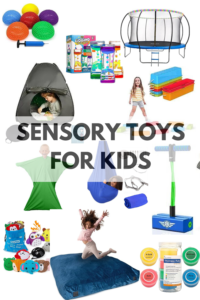
SENSORY PROCESSING STRATEGIES FOR ADHD: INCORPORATING MOVEMENT AND EXERCISE
Incorporating movement and exercise are vital sensory processing strategies for ADHD Just as sensory toys engage their senses and fine motor skills, physical activity can provide a range of benefits that go beyond the obvious physical ones.
By integrating movement into their daily routine, children with ADHD can experience improved focus, attention, and self-regulation.
One way to incorporate movement and exercise is by encouraging active play. This can include activities such as playing tag, riding bikes, jumping on a trampoline, or engaging in sports.
By participating in these types of activities, children can release built-up energy, increase their body awareness, and improve coordination and motor skills. The physical exertion also provides deep pressure sensory input which can promote a sense of calm and well-being.
Another effective strategy is incorporating movement breaks throughout the day. Research has shown that short bursts of physical activity can improve attention and cognitive performance in children with ADHD.
These breaks can be as simple as a quick stretching session, jumping jacks, or even a short walk around the room. By incorporating these breaks, children can release tension, reset their focus, and improve overall learning outcomes.
Additionally, structured exercises such as yoga or martial arts can provide children with ADHD a valuable outlet for energy release while simultaneously promoting relaxation and self-control.
These practices emphasize mindfulness, breathing techniques, and body awareness, all of which can enhance concentration, reduce impulsivity, and foster a sense of calm. As an added bonus, they also help to improve strength, flexibility, and balance.
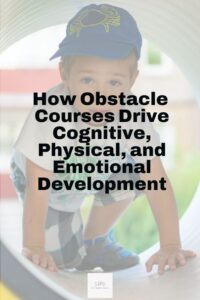
SENSORY PROCESSING STRATEGIES FOR ADHD: Promoting Relaxation and Calming Techniques
In addition to the strategies we have already discussed, promoting relaxation and calming techniques can be incredibly beneficial sensory processing strategies for ADHD.
Just as physical activity helps release excess energy, incorporating methods that encourage relaxation can help children with ADHD find a sense of calm and focus.
One effective approach is the use of deep breathing exercises. Teaching children how to take slow, deep breaths can help regulate their emotions and reduce feelings of anxiety or restlessness.
Encouraging them to take a few moments to pause, close their eyes, and take several deep breaths can provide an instant sense of relaxation and help them refocus their attention.
Aromatherapy can also be a valuable tool for promoting relaxation. Essential oils such as lavender, chamomile, and sandalwood have been known to have calming effects on the mind and body.
Incorporating these scents into the child’s environment, whether through the use of diffusers, scented candles, or even scented lotions, can create a soothing atmosphere that aids in relaxation and concentration.
Visualization exercises can help children with ADHD create a mental escape from their surroundings and find a peaceful, calming place within their imagination. Guiding them through visualizations of a serene beach, a calming forest, or a peaceful meadow can provide a much-needed break from the sensory overload of their everyday lives.
Lastly, incorporating mindfulness practices into the child’s routine can help cultivate a sense of calm and present-moment awareness.
Mindfulness encourages children to focus on the present, let go of distractions, and accept their thoughts and feelings without judgment. Teaching them simple mindfulness exercises, such as body scans or mindful breathing, can help them develop self-awareness and increase their ability to stay calm and focused.
By implementing these relaxation and calming techniques, we can provide children with ADHD the tools they need to navigate their daily challenges with greater ease.
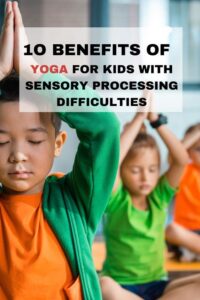
Incorporating sensory processing strategies for ADHD into the daily routine of children can unlock their hidden potential and improve their overall well-being.
By creating a sensory-friendly environment, implementing sensory diets, using sensory tools and toys, incorporating movement and exercise, and promoting relaxation and calming techniques, parents can make a significant difference in their children’s lives.
